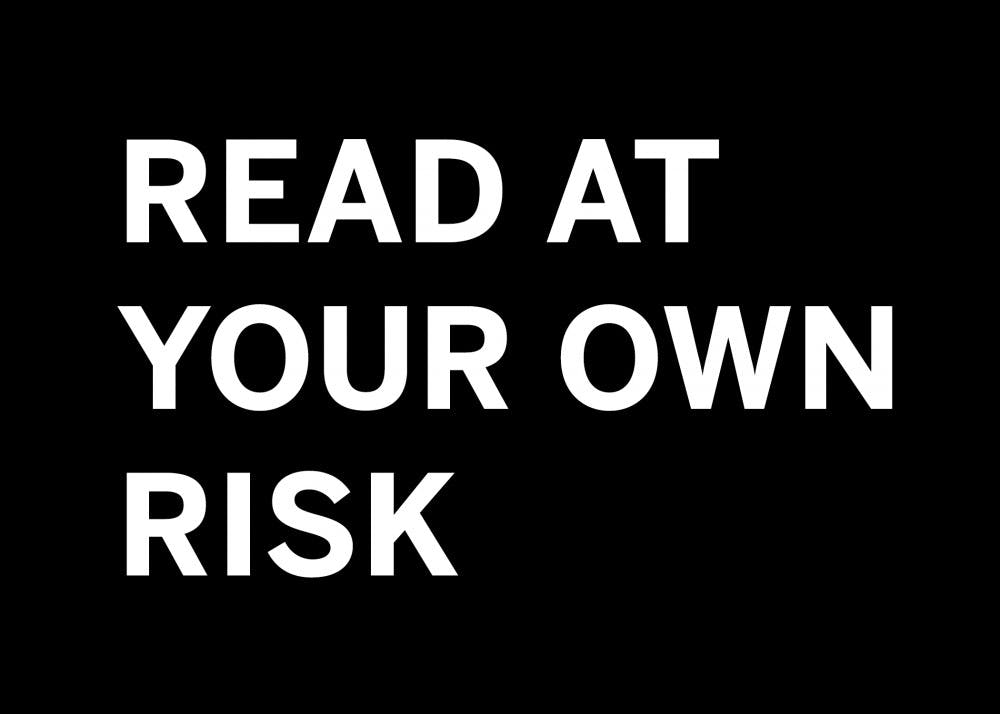As the University of Chicago finds itself in the middle of a national debate on trigger warnings and safe spaces, IU has stayed out of the fray by saying it does not have an official policy on the matter and has allowed professors to choose their own procedures.
In the University of Chicago’s statement, released last week, the university said it does not support trigger warnings or safe spaces because they prevent open academic discourse. In the next days, Purdue University reiterated a similar stance, one it has maintained since spring 2015, according to an Aug. 28 IndyStar article.
IU has taken a different path to deal with the issue.
“Trigger warnings are at the discretion of each faculty member — some will find them desirable in the context of their classes, while others may find them inconsistent with their academic values,” IU spokesperson Margie Smith-Simmons said in an email.
In academic settings, trigger warnings are verbal or written cautions issued with course material to alert students about sensitive topic discussions and are primarily a service for students who have experienced trauma related to the subject.
Nicole Kousaleos, an IU international studies lecturer, said she finds it helpful to provide warnings to her students. They appear in her syllabuses, and she tells students again on the day the topics are discussed.
Her classes focus predominantly on gender violence. She said students are sometimes drawn to her classes in an attempt to understand their traumas, but they are often not ready to do so without a warning.
“Trauma is a very different thing from logic,” Kousaleos said. “When we are ultimately, truly triggered by something, we have no control.”
Instead of limiting freedom, she believes trigger warnings serve as a tool to help students work through experiences they may react to irrationally, Kousaleos said.
Kousaleos’ attendance policy includes two free unexcused absences, which she said can be used for mental health if so desired. Students will either approach or email Kousaleos before a certain class to explain they feel uncomfortable coming to a certain lecture. She will email them the PowerPoint for that day to allow them to continue engaging with the material but in a way that might be more comfortable for them.
“(They are) not just brains sitting in our classrooms but whole people on a university campus, and as much as I can attend to that, I’m going to do that,” Kousaleos said.
In a recent faculty evaluation, a colleague even suggested adding even more trigger warnings to her courses, Kousaleos said.
She also said she has only heard positive feedback from students and noted the ones who don’t utilize her policies don’t seem to care that she has them.
Throughout her academic career, junior Marina Walinski has grown to appreciate when courses include trigger warnings. One instance that stuck with her was a professor’s use of the tool before reading William Shakespeare’s “Titus Andronicus,” a play that includes scenes of violent sexual assault.
“The warnings are an alternative to censorship (so) you can cover materials,” Walinski said. “You just let students know first,”
Some, like freshman Tyler Burdon, still disagree with trigger warnings and safe spaces.
Although he has no firsthand experience with their use, he said he thinks these tools might hinder progress toward the equality trigger warning advocates might want.
If advocates retreat to safe spaces, Burdon said he believes this prevents them from spreading their ideas to those who disagree and blocks any progress with converting people.
In plights such as the struggle for LGBT rights, going to a safe space instead of voicing one’s opinion makes an argument appear inarguable and its supporters weak, Burdon said.
“If someone feels strongly enough about something and people are challenging that, they should be able to challenge that back,” Burdon said.
Burdon’s opinion has support from professors on campus as well.
Feisal Istrabadi, professor of international law and diplomacy for the School of Global and International Studies and Maurer School of Law, said he believes students should be able to handle a civilized discussion in his class, no matter how sensitive the topics may be.
That’s why the concept of safe spaces, where students are allowed to sit in a room and avoid any challenges to their beliefs, strikes him as “bizarre.”
From his perspective, at a university, students are adults who need to be exposed to ideas they may disagree with.
“I don’t claim to be right. I don’t claim to have found the ultimate truth that is opaque to my colleagues, but this is my view,” he said.
Istrabadi explained his classes are more discussion-based, and he uses this to challenge students’ viewpoints. Sometimes, he said, he will stop a student at the beginning of an argument and make him or her debate on the opposite side of the issue before fighting for the original belief.
“I don’t force students to accept the views opposing him or her, but to consider them, to analyze them,” Istrabadi said.
His classes focus on post-conflict justice, genocide and war crimes.
With titles like, “After Atrocities, Making the Peace,” Istrabadi said he feels students should walk into the classroom knowing they may face sensitive topics.
He has only one exception to his anti-trigger warning rule.
When he shows “Judgement of Nuremberg,” a movie about the Holocaust, for a class, he pauses before the Hollywood feature shows real footage of the liberated concentration camps. Anyone is allowed to leave if they want to, but he said, “no one has left yet.”
He does this out of consideration that he may have descendants of Holocaust victims possibly taking his class.
“Maybe that’s why I’m not dogmatic in my view because I can see other sides in certain situations,” Istrabadi said.






